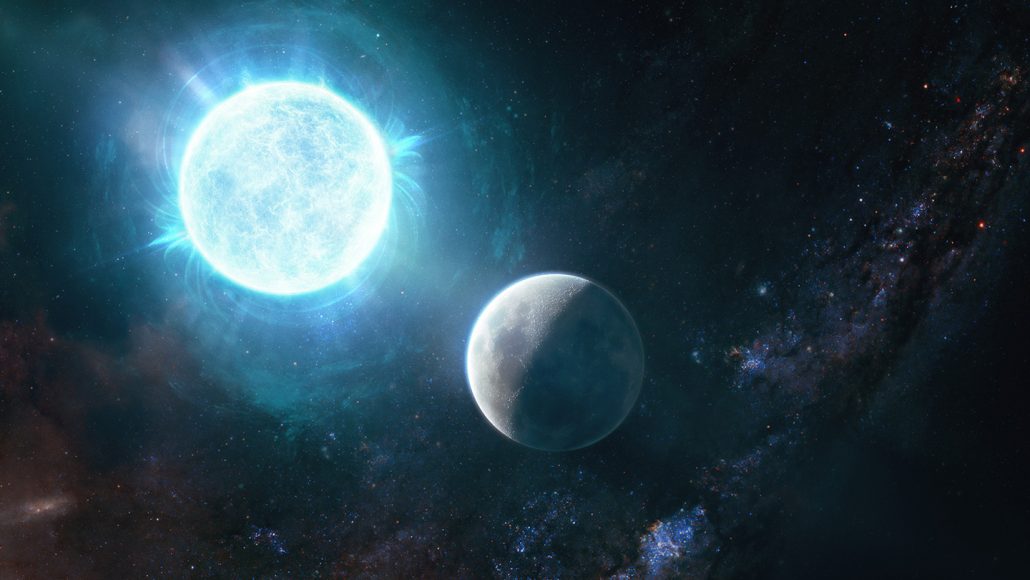astrophysicist: A scientist who works in an area of astronomy that deals with understanding the physical nature of stars and other objects in space.
carcass: The body of a dead animal.
celestial object: Any naturally formed objects of substantial size in space. Examples include comets, asteroids, planets, moons, stars and galaxies.
colleague: Someone who works with another; a co-worker or team member.
field: (in physics) A region in space where certain physical effects operate, such as magnetism (created by a magnetic field), gravity (by a gravitational field), mass (by a Higgs field) or electricity (by an electrical field).
light-year: The distance light travels in one year, about 9.46 trillion kilometers (almost 6 trillion miles). To get some idea of this length, imagine a rope long enough to wrap around the Earth. It would be a little over 40,000 kilometers (24,900 miles) long. Lay it out straight. Now lay another 236 million more that are the same length, end-to-end, right after the first. The total distance they now span would equal one light-year.
magnetic field: An area of influence created by certain materials, called magnets, or by the movement of electric charges.
mass: A number that shows how much an object resists speeding up and slowing down — basically a measure of how much matter that object is made from.
moon: The natural satellite of any planet.
novel: Something that is clever or unusual and new, as in never seen before.
observatory: (in astronomy) The building or structure (such as a satellite) that houses one or more telescopes.
radius: A straight line from the center to the circumference of a circle or sphere.
remnant: Something that is leftover — from another piece of something, from another time or even some features from an earlier species.
star: The basic building block from which galaxies are made. Stars develop when gravity compacts clouds of gas. When they become hot enough, stars will emit light and sometimes other forms of electromagnetic radiation. The sun is our closest star.
transient: Lasting or taking place for a relatively short period of time.
white dwarf: A small, very dense remains of a star that is now the size of a planet. It is what is left when a star with a mass about the same as our sun has exhausted its nuclear fuel of hydrogen and cast off its outer layers.








